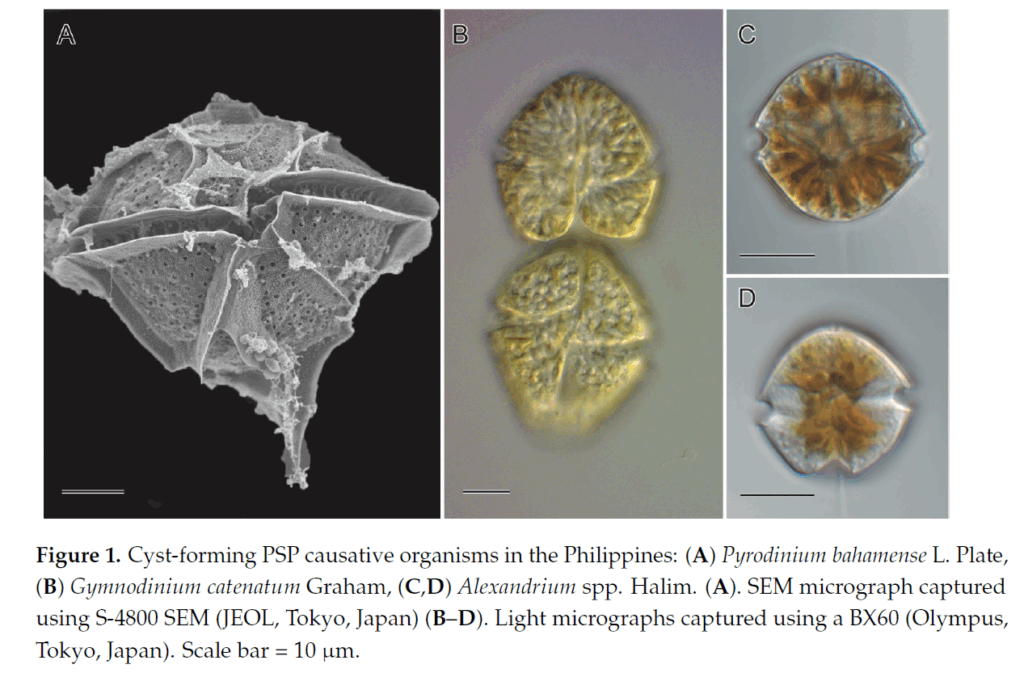The rising frequency of toxic algal blooms in the Philippines and Malaysia could be linked to climate change
04 Feb 2025

Our study explores the growth of toxic algal blooms in the waters near the Philippines and Malaysia, countries with coastal communities dependent on marine resources for food and livelihood, and whether climate change is a factor. They found that these harmful blooms, which can harm marine life and people, are rising in these regions. In the Philippines, toxic blooms first recorded in 1983 have since spread to 44 areas, with harmful algae now reported almost year-round. Malaysia’s first toxic bloom in 1981 in Sabah now occurs nearly annually. Environmental and climate factors significantly influence these blooms, particularly ENSO events like El Niño and La Niña. The researchers suggest that factors like warmer sea temperatures and changes in rainfall patterns due to climate change may fuel this increase. To tackle this issue, the researchers propose better monitoring of algal blooms, faster methods to measure water toxins, and computer models to predict bloom occurrences. By taking these steps, they aim to detect harmful algal blooms early and take steps to protect marine ecosystems and human health. Understanding the impact of climate change on these blooms is crucial for safeguarding the oceans and coastal areas in the Philippines and Malaysia and ensuring sustainability as a food supply resource in present and future settings.
Authors: Rhodora V. Azanza (The Marine Science Institute, University of the Philippines Diliman), Aletta Y. Yñiguez (The Marine Science Institute, University of the Philippines Diliman), Deo Florence Onda (The Marine Science Institute, University of the Philippines Diliman), Garry A. Benico (Department of Biological Sciences, College of Science, Central Luzon State University), Po Teen Lim, Chui Pin Leaw (Bachok Marine Research Station, Institute of Ocean and Earth Sciences, University of Malaya), and Mitsunori Iwataki (Graduate School of Agricultural and Life Sciences, The University of Tokyo)
Read the full paper: https://www.mdpi.com/2071-1050/16/8/3304
